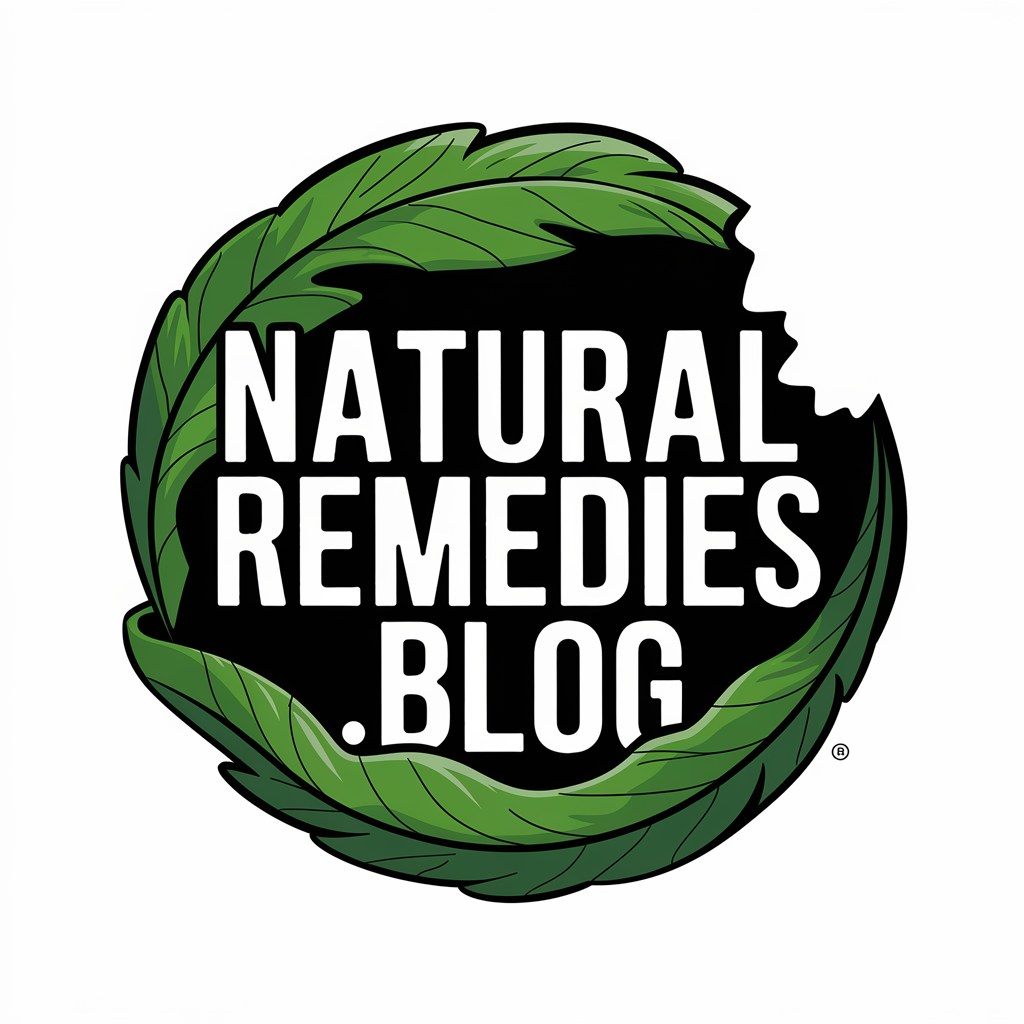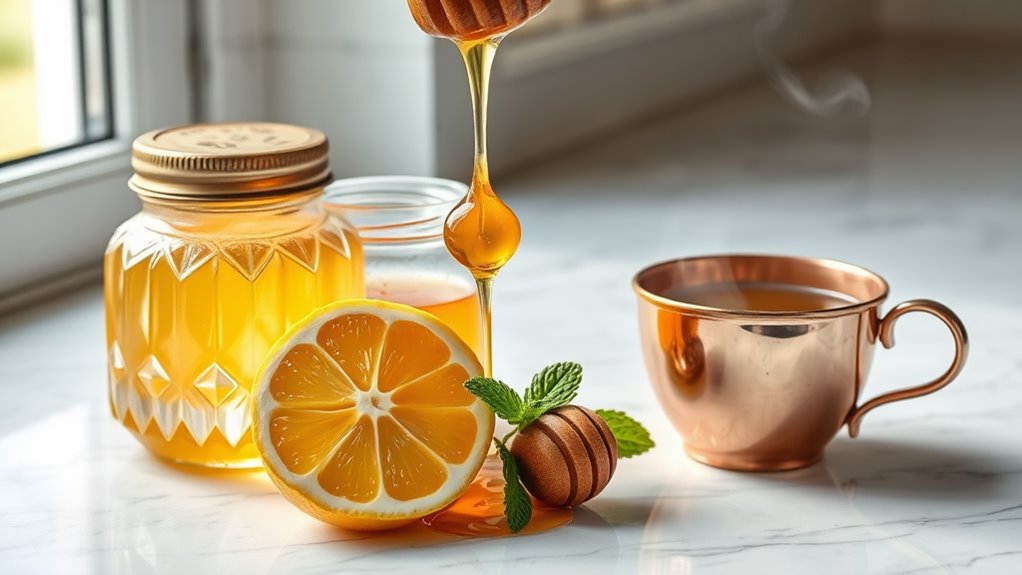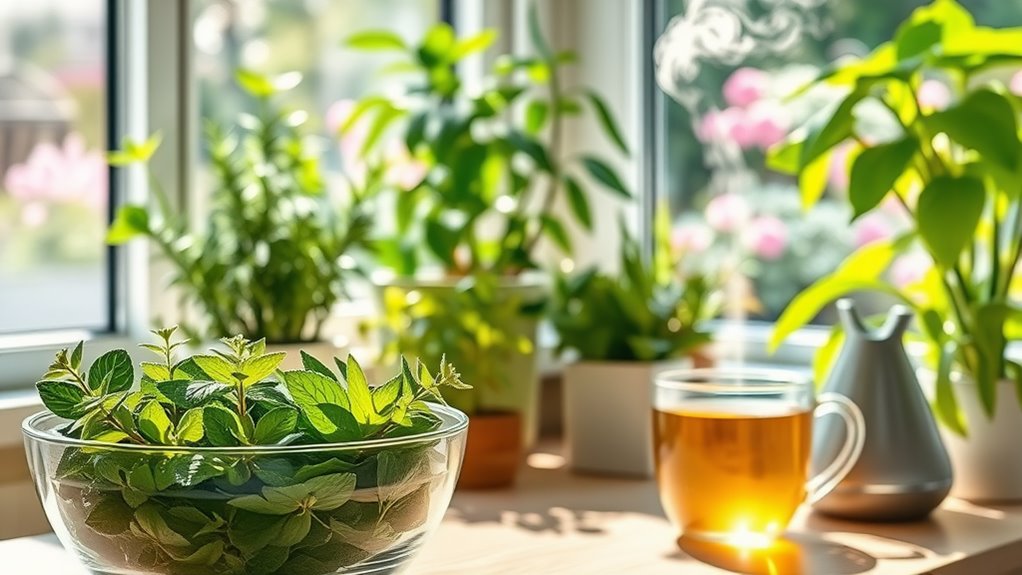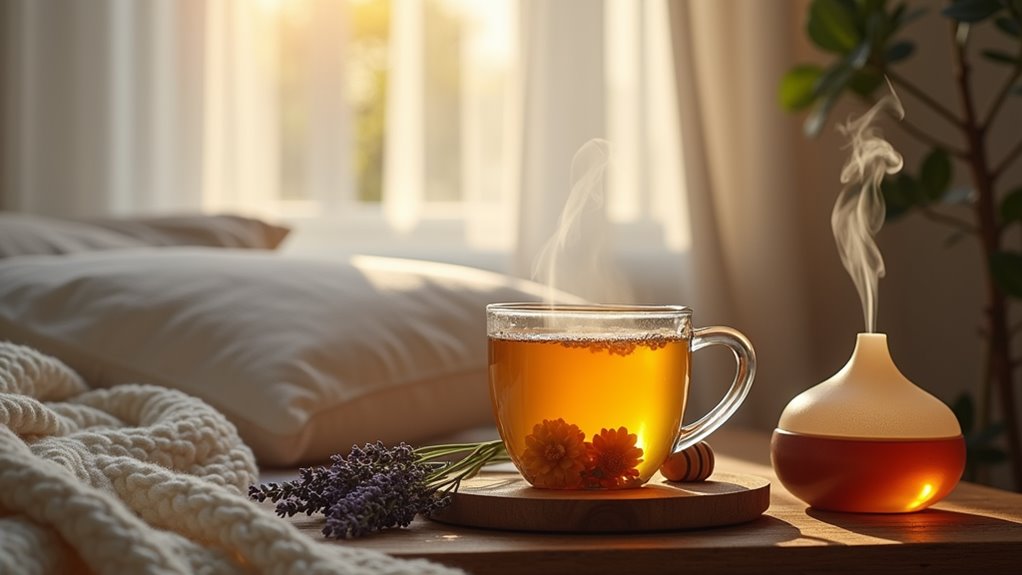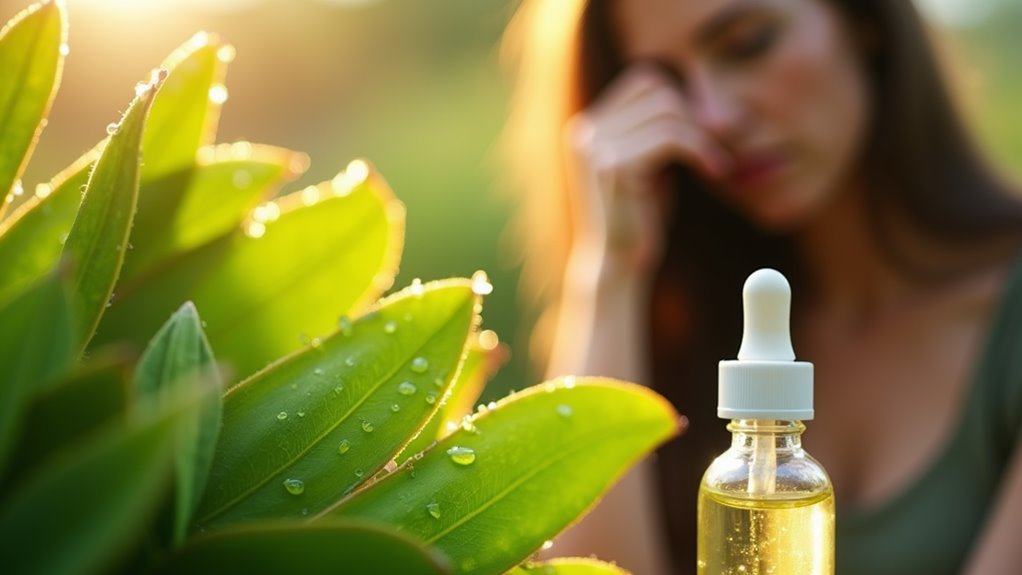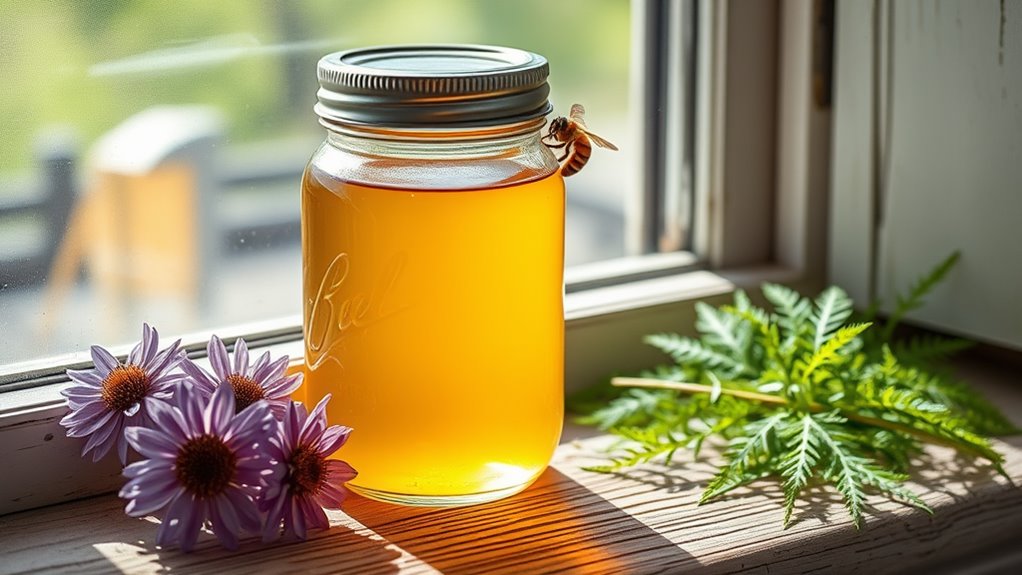Unveil This Unknown Allergy Relief Remedy for Instant Effect!
You’ll find natural allergy relief through local honey’s antihistamine properties. By consuming one teaspoon daily of raw, unfiltered honey from within 50 miles of your home, you’re introducing small doses of local pollen to build immunity. Start two months before allergy season for best results, gradually increasing to two teaspoons per day. Your journey to symptom-free seasons begins with understanding this sweet solution’s powerful secrets.
Understanding the Science Behind Local Honey’s Antihistamine Properties
While many people rely on over-the-counter medications for allergy relief, local honey offers a natural alternative backed by scientific principles.
Local honey contains trace amounts of pollen from plants in your area, introducing small doses of allergens to your immune system. This process works similarly to immunotherapy, helping your body build tolerance to specific allergens.
When you consume local honey regularly, you’re essentially following the same concept as allergy shots. Your immune system gradually becomes desensitized to local pollens, reducing allergic reactions over time.
The key is choosing honey from beekeepers within a 50-mile radius of your home, as it’ll contain the specific pollens triggering your symptoms.
You’ll find that raw, unprocessed honey works best since it retains all its natural compounds and beneficial properties.
The Hidden Connection Between Pollen and Honey Production
Although bees are famous for producing honey, their relationship with pollen goes far deeper than most people realize. When you understand this connection, you’ll see why local honey can help with your allergies. As bees collect nectar from flowers, they’re also gathering pollen, which contains the very allergens that trigger your seasonal symptoms.
Here’s what happens during the honey-making process:
- Bees collect pollen and nectar from local flowers in your area
- They store pollen in special “pollen baskets” on their legs
- Small amounts of pollen naturally mix with the nectar
- Enzymes in the bees’ bodies transform this mixture
- The final honey contains trace amounts of local pollen
This natural process explains why consuming local honey can help you build immunity to regional allergens over time.
Proper Dosage and Timing for Maximum Allergy Relief
Since local honey works gradually to build immunity, taking the right amount at the right time is crucial for effective allergy relief.
You’ll want to start with one teaspoon of local honey daily, preferably in the morning before your first meal. As your body adapts, you can increase the dosage to two teaspoons per day.
For best results, begin your honey regimen at least two months before allergy season starts. You’re joining countless others who’ve discovered that consistency is key – take your daily dose year-round to maintain protection.
If you’re experiencing acute symptoms, you can safely consume up to three teaspoons throughout the day, but don’t exceed this amount as it won’t increase the benefits.
Remember to always choose raw, unprocessed honey from within 50 miles of your home.
Identifying High-Quality Local Honey Sources
Finding high-quality local honey requires knowing where to look and what to look for. Your best sources will be from trusted local beekeepers who maintain their hives with care and harvest honey using proper techniques.
-
Visit your local farmers’ market to meet beekeepers face-to-face and sample their honey.
-
Check specialty food stores that partner with nearby apiaries.
-
Join local beekeeping groups on social media to connect with honey producers.
-
Look for raw, unfiltered honey that’s cloudy rather than clear.
-
Verify the honey’s source by asking about the hive locations and flowering plants.
When you find your ideal honey source, you’ll notice differences in color, texture, and taste based on seasonal blooms.
Raw local honey should crystallize naturally over time, which is a sign of quality and purity.
Real Stories: Users Who Found Relief Through Local Honey
Real-world success stories demonstrate the potential benefits of using local honey for allergy relief.
Sarah from Portland found that consuming a teaspoon of local wildflower honey daily reduced her spring allergies by 70% within two months.
You’ll be inspired by Mike’s journey in Austin, where he replaced his over-the-counter medications with raw honey from his neighborhood beekeeper.
Join the growing community of allergy sufferers who’ve discovered relief through nature’s remedy.
Jane, a mother of three in Seattle, shares how her whole family now enjoys outdoor activities without constant sneezing and itchy eyes.
They’re part of a movement that’s embracing traditional wisdom combined with local sustainability.
You too can be part of this natural healing journey by starting your local honey regimen today.
Common Allergies That Respond Best to Honey Treatment
Local honey treatment proves most effective for pollen-based seasonal allergies, particularly those triggered by local wildflowers, grasses, and trees.
You’ll find the greatest relief when targeting common allergies that match your region’s flora.
- Spring hay fever from blooming trees like birch, oak, and maple
- Summer allergies to native wildflowers and flowering weeds
- Late summer reactions to golden rod and ragweed pollen
- Fall allergies to various grass pollens and molds
- Year-round sensitivities to regional flowering plants
If you’re dealing with these specific allergens, you’re likely to experience significant improvement through regular honey consumption.
Start with small doses of local raw honey three months before your typical allergy season begins.
You’ll join countless others who’ve discovered this natural approach to managing their seasonal symptoms.
Integrating Local Honey Into Your Daily Wellness Routine
Once you’ve obtained pure, local honey for your allergy treatment, incorporating it into your daily routine becomes essential for maximum effectiveness.
Start by consuming one teaspoon of local honey each morning, preferably before breakfast. You’ll want to let it dissolve slowly in your mouth to maximize contact with your immune system.
For the best results, join other health-conscious individuals by mixing your daily dose of honey into warm (not hot) herbal tea, plain yogurt, or drizzled over your morning oatmeal.
Many in our natural health community find it helpful to take a second dose in the evening, especially during peak allergy seasons.
Remember to stick to your honey regimen consistently – it’s not just about the honey itself, but making it a lasting part of your wellness journey.
Frequently Asked Questions
Can Pregnant Women Safely Use Local Honey for Allergy Relief?
You can safely consume local honey during pregnancy for allergy relief, but you’ll want to check with your doctor first and ensure it’s raw, pure honey from a trusted source.
How Long Does Opened Honey Remain Effective for Treating Allergies?
You’ll find properly stored honey stays effective for allergy relief indefinitely, even after opening. Just keep it sealed tightly and away from moisture to maintain its therapeutic properties.
Does Heating or Cooking With Local Honey Reduce Its Allergy-Fighting Properties?
Yes, heating local honey above 95°F will destroy the bee pollen and enzymes you’re counting on for allergy relief. You’ll want to use your honey raw and uncooked for best results.
Are There Any Drug Interactions Between Local Honey and Prescription Allergy Medications?
You’ll want to check with your doctor before combining honey with allergy meds. While honey’s generally safe, it’s best to ensure there aren’t interactions with your specific prescriptions.
Can Children Under Age Five Use Local Honey for Allergy Treatment?
You shouldn’t give honey to babies under 12 months due to botulism risk. For kids 1-5, check with your pediatrician first, as they’ll guide you on safe allergy treatment options.
